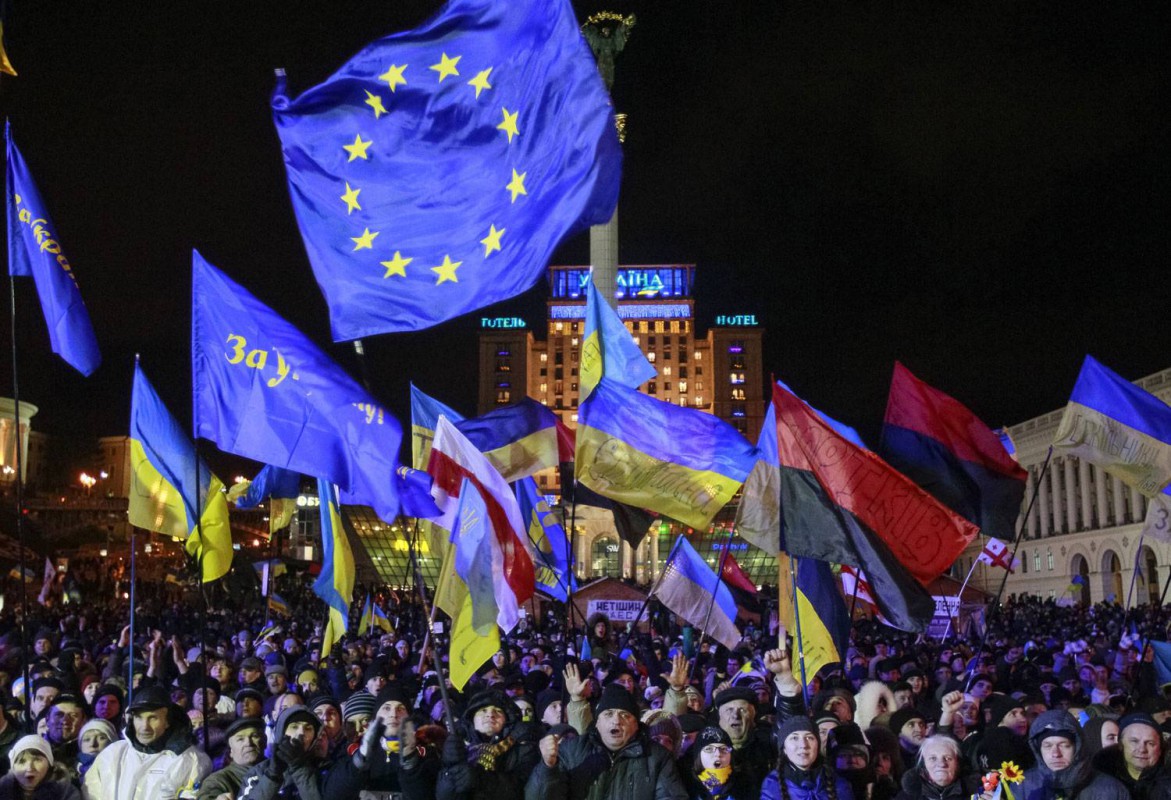Colour Revolutions: Unpacking external influence and Myanmar uprisings

505

Tin Zar Lynn (NP News) - Oct 17
What are Colour Revolutions? Colour revolution is a massive political movement marked by extensive demonstrations and riots seeking to remove a government in favour of another. Some of these movements succeed, while some fail. They have occurred across various countries from the late 20th century and the early 21st century.
External Influence in Colour Revolutions
Sponsoring, planning, and running these revolutions are usually carried out by external powers, especially from the West. And many of these revolutions are in name only, and in substance, they represent a form of warfare or conflict that may be international scope. In any case, the legal system has not so far classified it as such.
Instead of military interventions under the slogan of "democracy", the U.S. replaces them with colour revolutions, interfering in the internal affairs of other countries. This strategy aims to destabilize governments and enhance U.S. global influence, proving to be both more effective and cost-efficient.
Counting from far back as possible with records, the regime change policy has been in effect for decades; perhaps the earliest being the toppling of the Syrian government in 1949. Since then, it is estimated that the Central Intelligence Agency of the U.S. has overthrown or attempted to overthrow more than 50 governments, though it has officially acknowledged only seven cases. Colour revolutions do not occur by accident but are one of the mainstays of U.S. foreign policy in its quest for regime change in countries.
From the so-called "Rose Revolution" in Georgia in 2003 to the "Orange Revolution" in Ukraine in 2004, and then the "Tulip Revolution" in Kyrgyzstan in 2005, to the "Arab Spring" across Asia and Africa in 2011, over the past twenty years, the world has witnessed U.S.-orchestrated and U.S.-implemented "colour revolutions," while actively propagating "American values."
Drawbacks of Colour Revolutions
The very notion of Colour Revolutions is to inspire democratic change in a society but commonly draws such enormous detriments, leading to instability, like the Tulip Revolution of Kyrgyzstan, and provoking violence, like Euromaidan in Ukraine.
These movements polarized societies, as with the continuing conflict in post-Gaddafi Libya. Foreign involvement can undermine legitimacy, as in Georgia's Rose Revolution, and successful revolutions often fail to deliver meaningful change, eroding public trust.
Added to which is huge economic disruption, as in Venezuela, and heavy reliance on foreign support. Overall, colour revolutions have the potential of having awful consequences for societies that could last several decades.
Myanmar uprisings and U.S. influence
The Colour Revolution is closely linked to the uprisings in Myanmar, which took place both in 2007 and in 2021. The 2007 protest-the Saffron Revolution-developed on the soil of economic hardships, skyrocketing fuel prices and political repression, with Buddhist monks at the forefront, together with citizens, in their struggle against the government. Although it did not accomplish much in the way of regime change, it provided the grounds for heightened political activism.
In 2021, following the declaration of the State of Emergency by the National Defence and Security Council, widespread protests erupted, drawing on the momentum from previous uprisings and invoking tactics seen in colour revolutions, such as nonviolent resistance and civil disobedience.
Additionally, the three-finger salute from the 2021 uprising in Myanmar and the scout sign in Ukraine reflect common themes of resistance, hope, and the struggle for democratic rights, connecting them to the wider narrative of colour revolutions around the world. Moreover, the Milk Tea Alliance, which emerged during the 2021 uprising in Myanmar, represents a contemporary expression of the principles behind colour revolutions, promoting solidarity and resilience against oppression. Similarly, Myanmar activists have adopted the term "Spring Revolution," drawing parallels to the Arab Spring, which is one of the colour revolutions supported by Western powers.
Thus, these themes and characteristics indicate that the 2021 uprising in Myanmar can be viewed as one of the colour revolutions influenced by external powers.
The U.S. influence in the 2007 and 2021 uprisings of Myanmar can be highlighted in terms of political-diplomatic support and also promoting democratic reforms, though the degree and consequences differ across the two movements.
The 2021 uprising attracted a much stronger statement of the U.S., which imposed sanctions on leaders of the government and entities. The Biden administration reiterated the restoration of democracy and supported the unauthorized group or shadow administration consisting of ousted lawmakers and activists. The support included arms supply and financial support to terrorist groups controlled by the shadow administration. Thus, U.S. support for colour revolutions is a debatable issue.
In conclusion, while colour revolutions illustrate the potent force of grassroots mobilization, as evidenced by the uprisings in Myanmar in 2007 and 2021, they simultaneously highlight critical challenges related to instability and external influence. These movements not only signify a yearning for reform but also underscore the intricate dynamics of foreign intervention that can shape their outcomes.